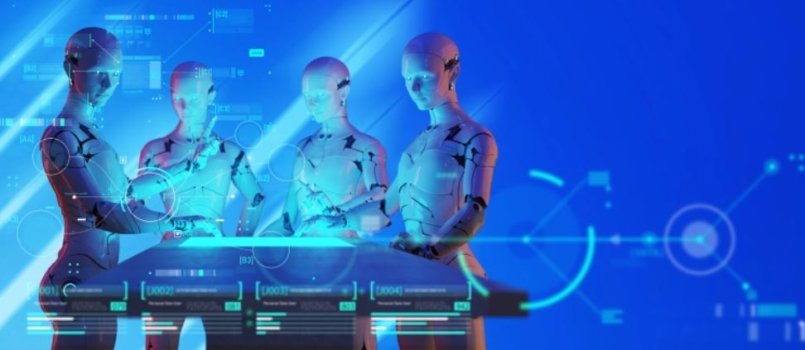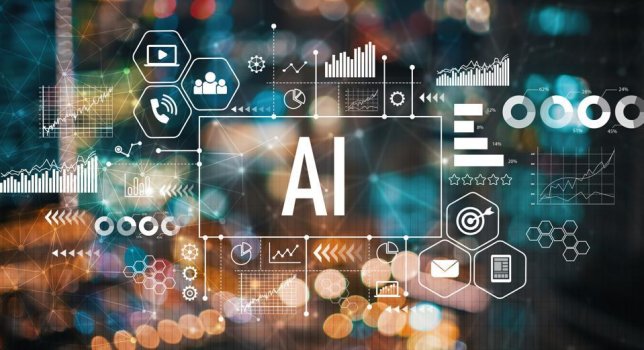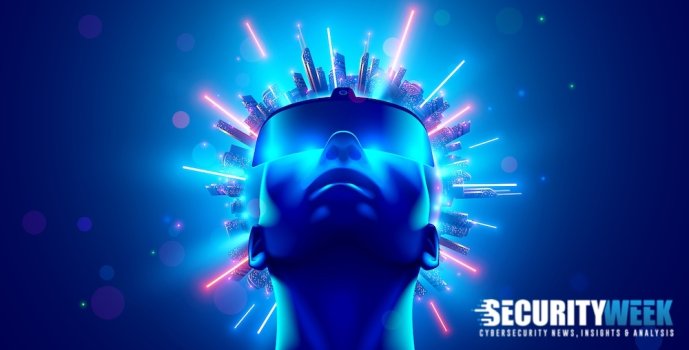3 Ways Women Can Stand Out in a Crowded Industry and Why It’s Important
- Technology Workforce
- 0 Replies
Women -- society has often told them what to be, where they belong, and what they can and cannot do or say. Today, labor force participation by women is at 58% and a mere 10% of those women are working in the data center industry. While the number of women in the industry is increasing, it’s moving at a snail’s pace. It raises the questions: Why aren’t more women in the industry? Why does it matter? And what can they do to succeed, contribute, and advance once they arrive?
Where the Roadblocks Begin
The data center industry is surging in growth, with its market size valued at 215.8 billion USD in 2021 and expected to rise to 288.3 billion USD by 2027, as reported by Aritzon’s recent market research report. In contrast, Uptime Institute found that one in four data center operators don’t have women as part of their design, build, and operations staff. Uptime Institute also reports that the proportion of women working in the data center industry increased by 30% in 2021, showing that women are interested in the field.
Furthermore, initiatives to bring women into STEM (science, technology, engineering and mathematics) positions are receiving more attention, with programs and companies created to support the cause.
However, 32% of women surveyed in Skillsoft’s Women in Tech report said there isn’t sufficient training in the industry. So, once they’re in the space, training, development, and support are reported to be lacking.
Are companies that have and believe in their diversity and inclusion missions sufficiently supporting their staff with the right people, resources, and opportunities? What will it take to create and foster more opportunities and progress?
Continue reading: https://www.datacenterknowledge.com/industry-perspectives/3-ways-women-can-stand-out-crowded-industry-and-why-it-s-important
Where the Roadblocks Begin
The data center industry is surging in growth, with its market size valued at 215.8 billion USD in 2021 and expected to rise to 288.3 billion USD by 2027, as reported by Aritzon’s recent market research report. In contrast, Uptime Institute found that one in four data center operators don’t have women as part of their design, build, and operations staff. Uptime Institute also reports that the proportion of women working in the data center industry increased by 30% in 2021, showing that women are interested in the field.
Furthermore, initiatives to bring women into STEM (science, technology, engineering and mathematics) positions are receiving more attention, with programs and companies created to support the cause.
However, 32% of women surveyed in Skillsoft’s Women in Tech report said there isn’t sufficient training in the industry. So, once they’re in the space, training, development, and support are reported to be lacking.
Are companies that have and believe in their diversity and inclusion missions sufficiently supporting their staff with the right people, resources, and opportunities? What will it take to create and foster more opportunities and progress?
Continue reading: https://www.datacenterknowledge.com/industry-perspectives/3-ways-women-can-stand-out-crowded-industry-and-why-it-s-important























